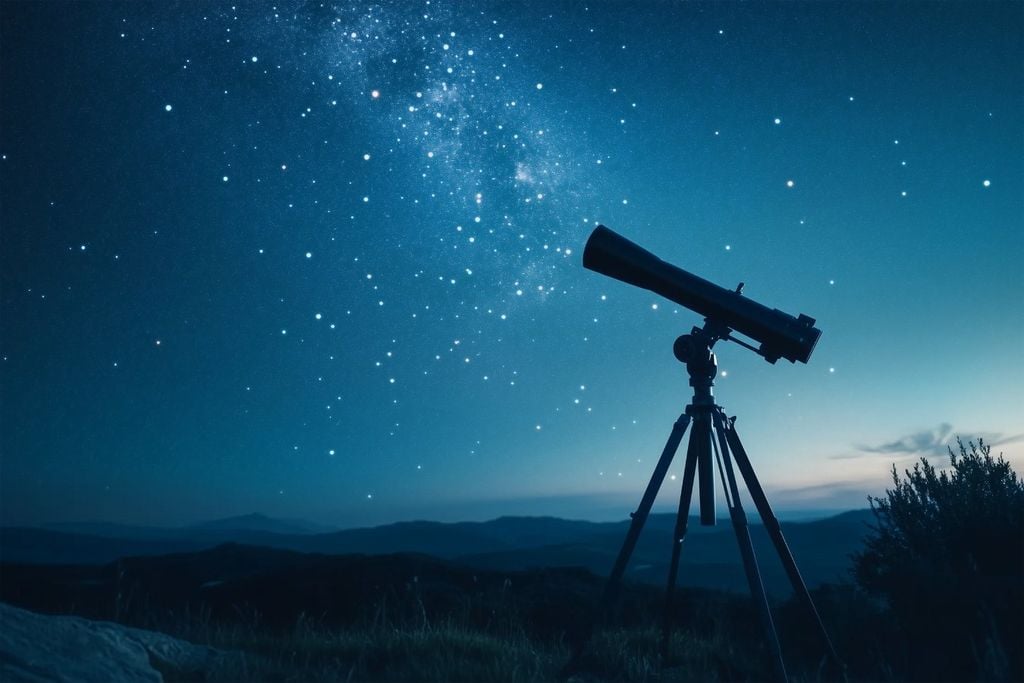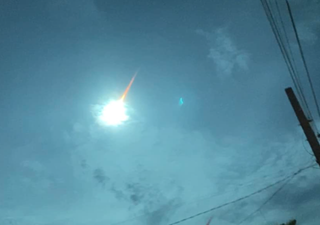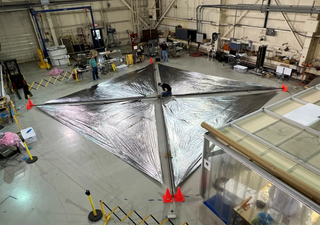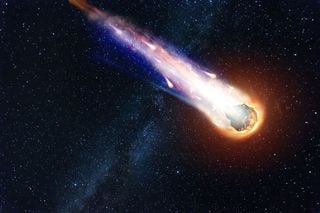A Celestial Spectacle: Still time to catch a glimpse of Catch Comet Tsuchinshan-ATLAS
Comet Tsuchinshan-ATLAS has arrived. There are still several opportunities to see its once-in-a-lifetime spectacular sky show, which will be visible with the naked eye through this weekend. Here is your guide.

Don’t forget to look up the next few nights after sunset. A comet that won't return for a very, very long time will be streaking through the skies.
Comet C/2023 A3 (Tsuchinshan-ATLAS) above the troposphere, half an hour time-lapse.
— Mickey (@mickeywzx) October 13, 2024
Beside the magnificent dust tail, Anti-tail is also clearly perceived even by naked eye.
Welcome to the October comet season! pic.twitter.com/TNN10cCCEH
Comet Tsuchinshan-ATLAS gets its name from the two observatories that discovered it in 2023, China’s Tsuchinshan (or “Purple Mountain”) Observatory and an ATLAS (Asteroid Terrestrial-impact Last Alert System) telescope in South Africa.
A dirty snowball streaking through the night sky
NASA defines comets as “cosmic snowballs of frozen gases, rock, and dust that orbit the Sun.” As a comet’s orbital path brings it closer to the Sun, it ejects gases and dust as it heats up and reveals the appearance of a large glowing head. The gases and dust that make up the comet’s tail can also be visible. This particular “dirty snowball” has a tail estimated to be around 18 million miles long.
Wow Comet C/2023 A3 (Tsuchinshan-ATLAS) captured by Rogelio Bernal Andreo from San Luis Reservoir, California Incredible amount of the details ! #Comet #Astronomy #TsuchinshanATLAS #cometa #CometC2023A3 #Tsuchinshan #C2023A3 #FollowTheComet pic.twitter.com/UE19A5OMl0
— Yuri Beletsky (@YBeletsky) October 14, 2024
Comet Tsuchinshan-ATLAS was mainly visible in the Southern Hemisphere and the Tropics until around October 8 but will be visible in the Northern Hemisphere through at least October 21. The light from a full moon on the night of October 17 may make it more challenging to see the comet, but the moon’s light will interfere less on the following nights.
No telescope is required to take in this sky show
A telescope isn’t required to see this celestial show. As long as the weather cooperates, it should be visible to the naked eye. Binoculars and small telescopes will give a better view, but they aren’t necessary to see it. To see it, find a location with an unobstructed view of the western horizon. Get as far away from any light pollution as possible. The lower the view on the horizon, the better. That’s because it will allow you to view the comet longer as it streaks through the October night sky.
PASS IT ON! Comet Tsuchinshan-ATLAS has an 80,000 year orbit & it's now approaching its closest pass to Earth. It will get higher in the early evening sky through October 21st. Look to the west sky with the naked eye after sunset during twilight. Courtesy: Sky & Telescope. #Comet pic.twitter.com/mBQ1OjuVIv
— Mark Tarello (@mark_tarello) October 12, 2024
Comet Tsuchinshan-ATLAS has been called the "comet of the century" because of its rare brightness. The last comet as bright as Comet Tsuchinshan-ATLAS was Comet NEOWISE. That comet got its name from the Wide-field Infrared Survey Explorer (WISE) space telescope, which discovered it during its NEOWISE mission. NEOWISE was also known as the “lockdown comet” because it appeared in July 2020 during the COVID-19 pandemic.
Enjoy the view while you can. This is a once-in-a-lifetime opportunity to see this extremely rare celestial spectacle. Comet Tsuchinshan-ATLAS won’t come back our way for another nearly 80,000 years.








